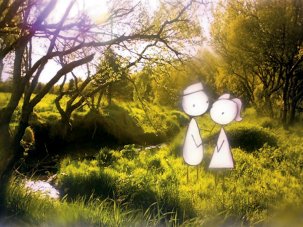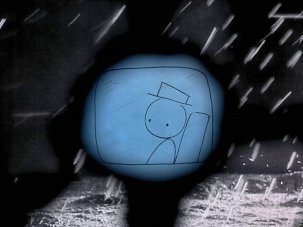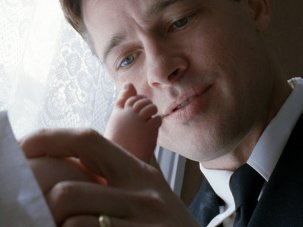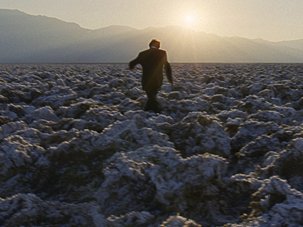from our March 2013 issue
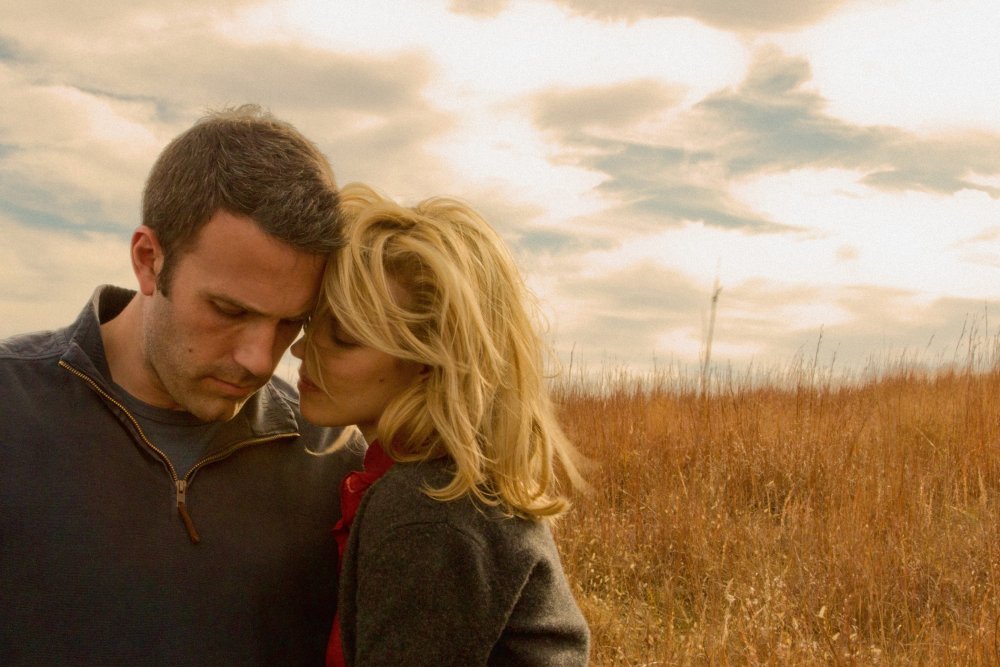
You cannot know what is happening in your lover’s head, or prove the existence of God – two quandaries that braid together in To the Wonder – but lately there has been evidence of the existence of the film’s director, Terrence Malick.
|
USA 2012 Crew Cast Dolby Digital Distributor Studiocanal Limited |
Malick was once an elusive, folkloric character, like Bigfoot or like the hermit musician Jandek, his fellow Texan. He was recognisable mostly from one ubiquitous on-set photograph, looking slightly startled, wearing a broad-brimmed hat and playback headphones. It was the photo that stood in for him when he was nominated for the 2012 Academy Award for Best Director, for The Tree of Life. But now we have surreptitious footage of Malick two-stepping at an Austin honky-tonk, and we have a new Malick movie which, for the first time, looks at the contemporary, familiar world.
As they say, familiarity breeds contempt. The approach of To the Wonder, Malick’s sixth film in 40 years and second in 16 months, has been surrounded by foreboding early reviews. Where a film having two credited editors usually raises eyebrows, Wonder, like Tree of Life before it, has five, and reports have it that entire performances – Barry Pepper, Michael Sheen, Amanda Peet – disappeared on the virtual cutting-room floor, leaving Ben Affleck and Olga Kurylenko as a couple named Neil and Marina, and Javier Bardem as a self-doubting priest.
Malick’s most nebulous and potentially most divisive film to date, To the Wonder has the feeling of a movie made according to Jean Cocteau’s advice: “What is being held against you – cultivate it, it is your essence.” For some, myself included, this means a logical and welcome stylistic evolution; for others, that Malick has arrived at self-parody.
Where stylistic and thematic consistency was once used as evidence that a single figure, the director, could exercise the same authorial influence on a film that a painter or novelist could on their art, it is now often taken as proof of a rut. But Malick’s magic-hour photography, again by two-time DP Emmanuel Lubezki, in which the elusive sun is forever just peering over a rise in the distance or visible through a knot in a fence, isn’t just some fall-back pictorialist cliché; it’s the manifestation of Malick’s deeply personal conviction, shared with J.M.W. Turner, that the sun is God.
By unhitching his visuals from the stories that made his greatest works (usually agreed upon as Badlands, Days of Heaven and perhaps The New World) compelling as well as beautiful, some will say that Malick has enervated his art. (This same criticism has been levelled at another of the surviving American masters, Michael Mann.) In fact, Malick’s approach to classical motive and characterisation, or lack thereof, grounded in an early devotion to Heidegger, hasn’t much changed. Decisions just happen in his films, as through an innate process, without reference to or explanation of why or how – this is true of Neil and Marina’s make-up and break-up in To the Wonder, of the priest’s alienation from and reconciliation to God, as much as it is of the spontaneous acts of violence in Badlands or Days of Heaven.
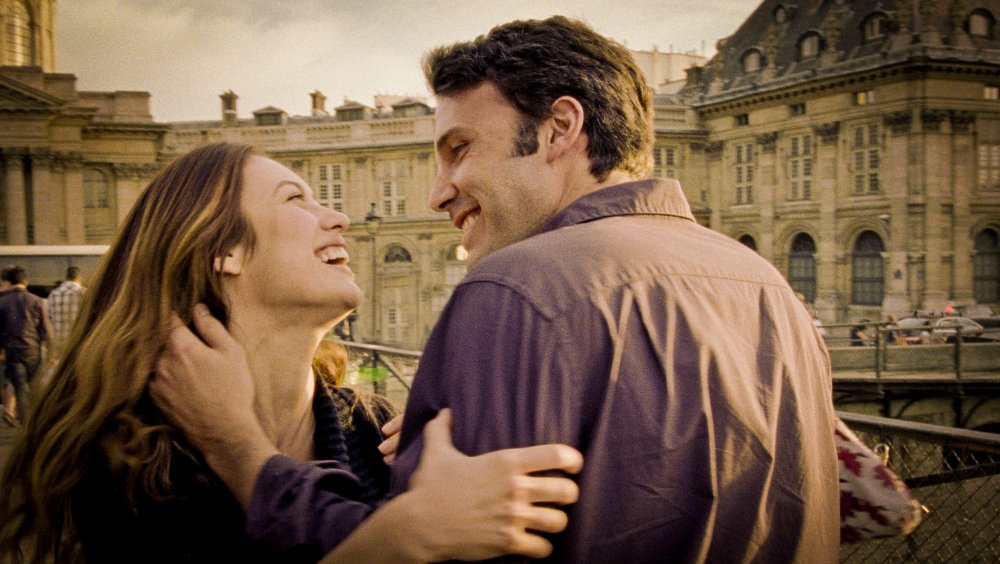
Malick’s relying on his movies to reveal themselves in post-production is also nothing new – famously, Days of Heaven only congealed when Malick had the inspiration of allowing Linda Manz, the latchkey-kid supporting actress, to provide the narration and child’s-eye perspective that ultimately focused the film. Some reports would have you believe that To the Wonder was a movie made like cheap sausage, a great mass of exposed film thrown into a hopper and ground up.
But then how does one explain the rhyming of images? The way that, shortly before taking up again with Marina, Neil (who works as an environmental watchdog) goes slogging through polluted muck investigating a toxic leak affecting the local water table, invoking the muddy silt on the Mont Saint-Michel tidal inlet where they’d earlier frolicked together? The way the sinister pumping motion of a toxifying oil derrick is picked up by a ride at a country carnival, by a dipping bird toy?
I balked at the news that Affleck, one of the flimsiest line-readers in contemporary cinema, had been chosen to deliver Malick’s famous voiceovers, but To the Wonder makes knowing use of the actor’s repeatedly proven insufficiency as a leading man, giving him a bare minimum of audible dialogue. The Phantoms star is just a phantom here, a curiously reticent, dour figure darkening the margins of the widescreen frame, trudging along in the wake of the vibrant females around him.
Kurylenko, who has some background in ballet, displays her dancer’s limberness while gambolling and twirling; viewers will fall into two parties – those who think no one acts like that and those who shut up and watch. Rachel McAdams also appears, as diverting, evanescent old flame Jane; both relationships are limned in thicket-dense scenes conveying the same paradoxical combination of intimacy and distance implicit in the line: “I feel so close to you that I could almost touch you.”
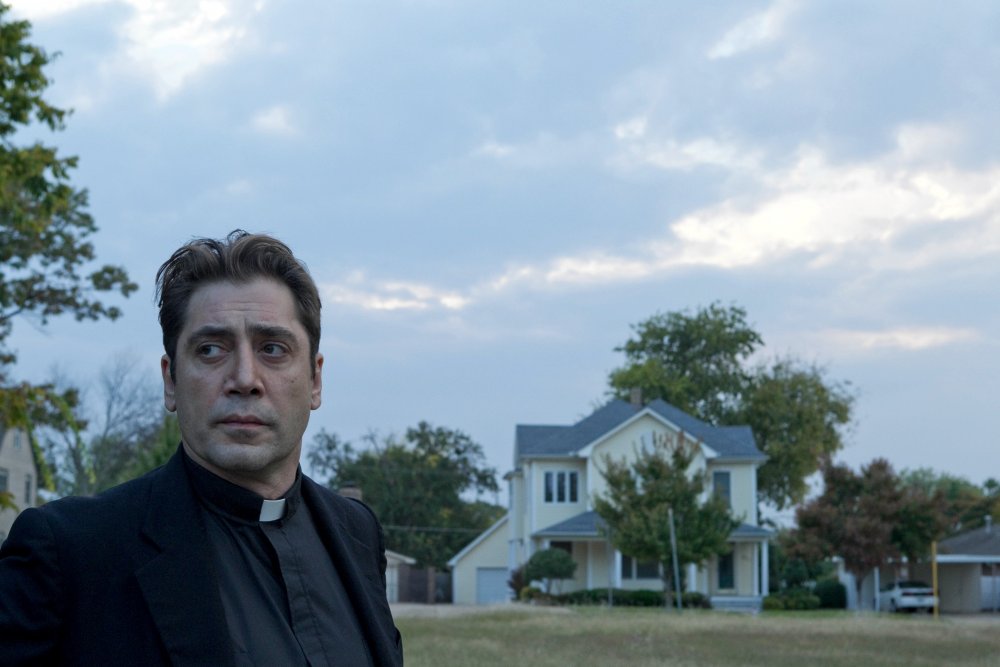
Scratched elsewhere among my notes is this: “Everywhere you’re present and still I can’t see you.” I cannot now recall if this is Marina or Jane addressing their thoughts to Neil, or the priest addressing his to God. Affleck’s sidelining and Neil’s remoteness aren’t an accident but an essential element of a film which is at heart about loving and not feeling that love returned, while raising the question: is that love then wasted?
It’s an orchestral film, brimming with Wagner and Berlioz and Tchaikovsky, and the priest’s crisis of faith plays the contrapuntal melody to that of Neil and his women. While castigating his flock from the pulpit in his sermons – “To choose is to commit yourself, and to commit yourself is to run the risk of failure” – the priest is trying to shore up his own belief. Far from the planned community of tract houses where Neil and Marina live, he goes down among the wretched parishioners in the town (Bartlesville, Oklahoma, which goes unnamed on screen, as do the dramatis personae).
The priest visits prison yards and hospitals and meth-devastated white ghettoes with toys heaped on the front porches of tumbledown shacks, finding wrecked humans eager to receive Christ’s succour. Belief is, however, more difficult for formidable men like himself and Neil, whom he advises: “You have to struggle with your own strength.”
Those inclined to binary readings tend to oversimplify Malick’s films, to their inevitable detriment. As The New World was taken as the director’s unflattering counterpoint of Old World with New, To the Wonder has already been received as a jeremiad against cookie-cutter suburbia, as though Malick had devoted the full extent of his powers to a feature-length cover of Pete Seeger’s ‘Little Boxes’. Such readings say more about the reader’s prejudices than Malick’s. In fact, there are few working artists with such a generous and infectious curiosity about the variety of life on this planet, the variety of human forms, of objects manmade and natural – there is a simply incredible Bierstadt buffalo herd!
The film’s first words, from Kurylenko, are, “Newborn, I open my eyes” – and as ever Malick’s goal is to drop the scales from ours and let us see things afresh. The European Marina earnestly describes her adopted home in voiceover as “a land so calm, honest, rich”, while her daughter shows evident amazement at the bounty of an American supermarket. Later, Marina will be visited by an Italian friend, played by Romina Mondello, who ridicules the stifling small-town scene, but there’s little reason that this single voice should overwhelm the film’s chorus.
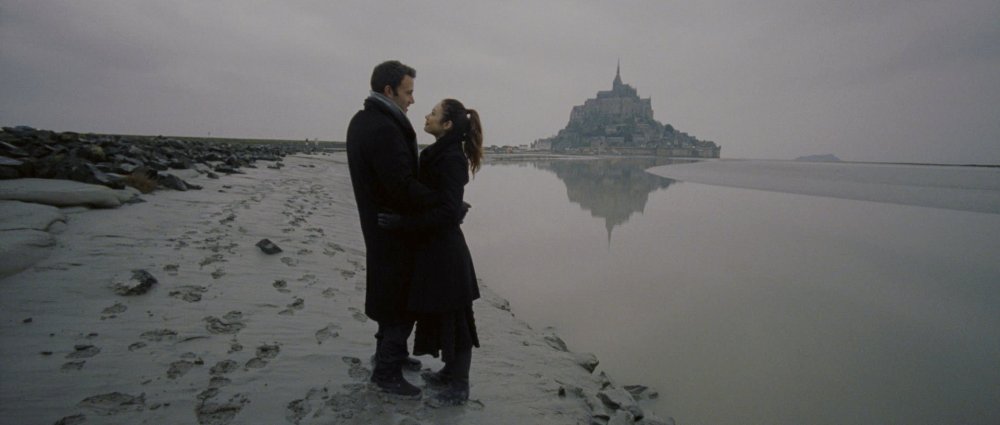
Malick is one of few filmmakers who could, in the space of a few images, go from Mont Saint-Michel in Normandy to a fast-food drive-through in Oklahoma without implying a pejorative judgement about either, dismissing the Old World for the New or vice versa. At one point, Bardem’s priest preaches about the necessary will behind a husband’s conjugal love – “He does not find [his wife] lovely, he makes her lovely” – and Malick similarly does not film things because they are beautiful; they become beautiful because he films them.
Prefacing his 1997 study American Visions, the late Australian art critic Robert Hughes wrote of a phenomenon that To the Wonder innately understands, the “inextricably twined feelings of freedom and nostalgia which lie at the heart of the immigrant experience and are epitomised in America, to this day, as in no other country… No Europeans felt about the Old in quite the same way Americans came to, and none believed so intensely in the New.” Malick’s art of new horizons is defined largely by this tension of freedom and nostalgia, and if you cannot comfortably accommodate these concepts together, you will likely be left scratching your head if and when you make it to To the Wonder’s conclusion.
In that conclusion, the film’s final, refraining image returns to Mont Saint-Michel. Earlier, Neil and Marina had penetrated its heart, finding there a blooming red rose surrounded by a rime of frost. Now the island has receded into the distance. Seen so, it may recall the big house in Days of Heaven, or any of the quintessentially American images of longing that Malick is forever repurposing: George Stevens’s Giant, Andrew Wyeth’s Christina’s World, the view of the Hotel del Coronado across the San Diego Bay that inspired L. Frank Baum to dream of the Emerald City, Gatsby’s green light or the City on a Hill so beloved of native politicians. The film leaves us with this longing vantage, in a state of perpetual, unfulfilled becoming. That is to say it leaves us precisely where we are – but we are not the same.
-
Sight & Sound: the March 2013 issue

Gael Garcia Bernal in Pablo Larraín’s No, plus Caesar Must Die, Somersault, Pier Paolo Pasolini and Montgomery Clift.
-
The Digital Edition and Archive quick link
Log in here to your digital edition and archive subscription, take a look at the packages on offer and buy a subscription.




